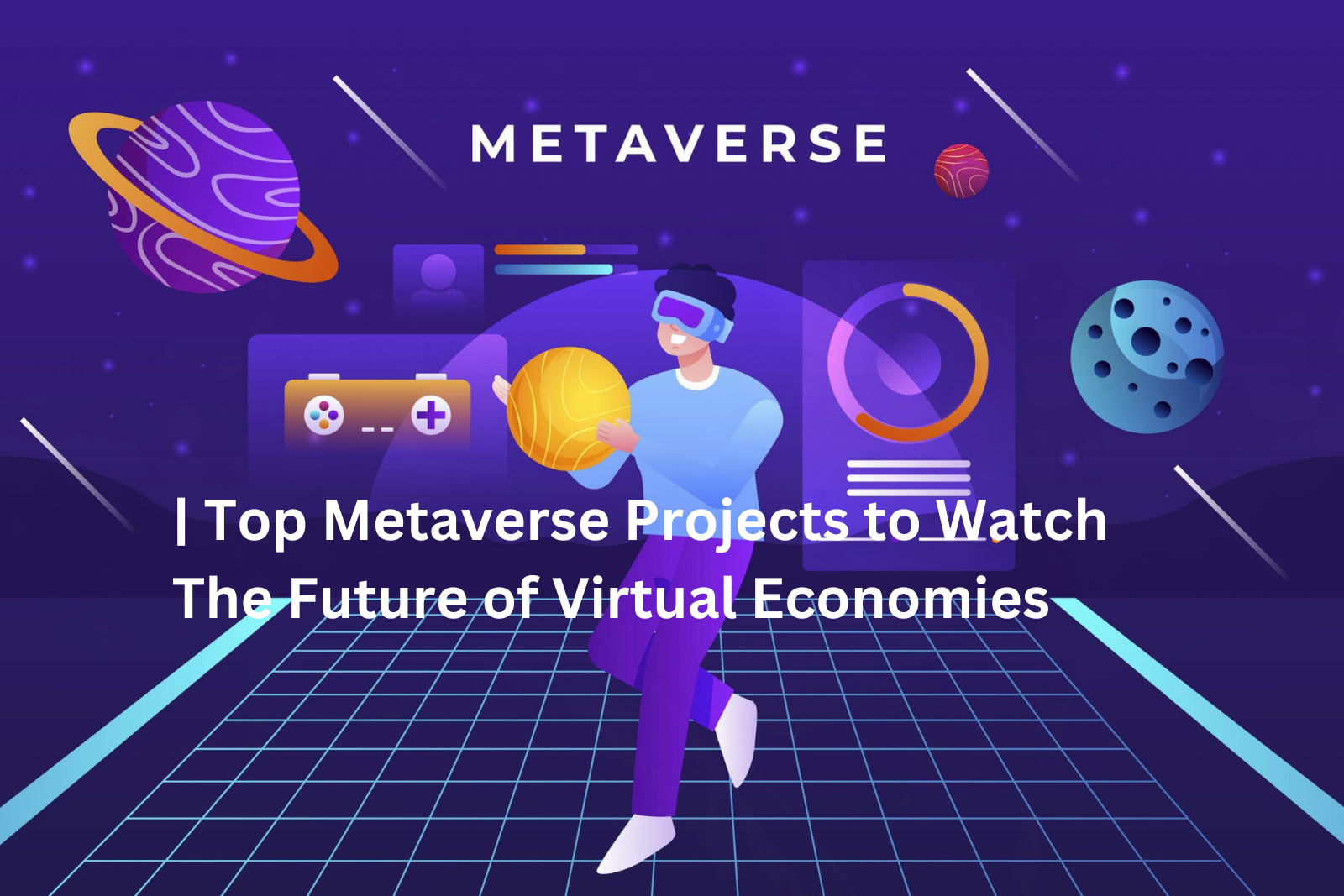The metaverse is revolutionizing digital interactions, creating new opportunities for businesses, investors, and users. As virtual reality (VR), blockchain, and decentralized finance (DeFi) continue to evolve, virtual economies are becoming integral to the digital landscape.
This article explores leading metaverse projects driving innovation in virtual real estate, gaming, and digital asset ownership. These platforms are reshaping how we interact, work, and invest in digital environments.
Understanding the Metaverse
The metaverse is a connected virtual world where users can socialize, trade, and create in immersive digital environments. Unlike traditional online platforms, it offers persistent, evolving spaces powered by blockchain, NFTs (Non-Fungible Tokens), and cryptocurrencies.
Within this ecosystem, users can own digital assets, engage in decentralized commerce, and participate in play-to-earn gaming. These innovations are fostering a thriving virtual economy with real-world financial implications.
Leading Metaverse Projects to Watch
1. Decentraland: Transforming Virtual Real Estate
Decentraland is a pioneering blockchain-based metaverse where users can buy, sell, and develop virtual land using its native token, MANA.
Key Features:
- NFT-based digital land ownership
- User-driven content creation, including businesses, events, and entertainment
- Smart contracts for decentralized trading
Beyond real estate, Decentraland is a hub for social interaction, gaming, and virtual commerce. As more brands and creators invest in the platform, it continues to solidify its position as a leading metaverse ecosystem.
2. The Sandbox: A New Era of Play-to-Earn Gaming
The Sandbox merges gaming and blockchain technology, allowing users to create, own, and monetize digital experiences using SAND tokens.
Notable Aspects:
- Play-to-earn (P2E) gaming model
- User-generated content and interactive worlds
- Collaborations with major brands and intellectual properties
By enabling users to trade in-game assets as NFTs, The Sandbox is redefining digital asset ownership and virtual economies.
3. Axie Infinity: Pioneering Blockchain-Based Gaming
Axie Infinity is a play-to-earn (P2E) blockchain game where players collect, breed, and battle Axies (digital creatures) while earning AXS tokens.
Why It Stands Out:
- NFT-backed Axie ownership
- Decentralized in-game economy with real-world earnings
- Strong global player base and financial ecosystem
With its innovative model, Axie Infinity has become a leading example of how blockchain can create sustainable gaming economies.
4. Somnium Space: A Fully Immersive Metaverse
Unlike other virtual worlds, Somnium Space is designed for VR-first experiences, offering a fully immersive digital environment.
Core Features:
- High-resolution 3D world optimized for VR
- NFT-powered ownership of land and digital assets
- Integrated e-commerce and virtual events
As virtual reality adoption grows, Somnium Space is at the forefront of next-generation digital interaction.
5. Voxels (Formerly Cryptovoxels): A Decentralized Creative Metaverse
Voxels is a browser-based, Ethereum-powered metaverse where users can build, own, and trade virtual properties.
Key Highlights:
- Accessible via web browsers without requiring VR hardware
- NFT marketplace for land and assets
- Emphasis on digital art and creative expression
By providing a low-barrier entry point, Voxels is expanding access to blockchain-based virtual worlds.
6. Cryptovoxels: The Intersection of Art and Blockchain
Cryptovoxels is a voxel-based metaverse that integrates art, real estate, and NFTs, allowing users to create and showcase digital content.
Unique Features:
- Blockchain-backed land ownership
- Interactive events and exhibitions
- Decentralized community-driven development
This platform is particularly popular among digital artists and NFT collectors, contributing to the growth of the virtual art economy.
Why These Metaverse Projects Matter
These metaverse platforms are reshaping digital economies by integrating NFTs, blockchain technology, and DeFi to create new business models and revenue streams.
- Virtual Real Estate Investment: Platforms like Decentraland and Voxels demonstrate the value of NFT-backed digital land.
- Gaming Industry Disruption: Play-to-earn models, as seen in Axie Infinity and The Sandbox, offer new ways to monetize gaming experiences.
- Immersive Social Experiences: VR-powered environments like Somnium Space are revolutionizing digital engagement.
The Future of Virtual Economies
As blockchain and Web3 technologies continue to evolve, these leading metaverse projects will drive the development of a digital-first economy.
For investors, content creators, and gamers, understanding these platforms presents an opportunity to engage with the future of digital innovation.
The metaverse is no longer a concept of the future—it is here and actively transforming the digital landscape.
